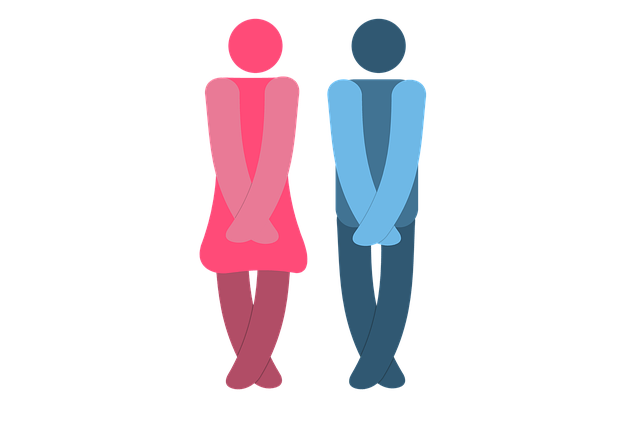Urinary incontinence is a common problem that affects millions of people worldwide. It is defined as the involuntary loss of urine. There are several different types of urinary incontinence, including stress incontinence, urge incontinence, and overflow incontinence.
If you are experiencing urinary incontinence, there are a few things you can do to help manage the condition.
What are the Different Types of Urinary Incontinence?
There are three main types of urinary incontinence: stress, urge, and overflow. Each type has its unique symptoms and causes.
Stress incontinence:
Stress incontinence is the most common type of urinary incontinence. It occurs when the muscles that support the bladder become weakened and cannot hold urine in properly. This can happen as a result of childbirth, aging, or other factors.
Urge incontinence:
Urge incontinence is a type of incontinence that is caused by a sudden urge to urinate. This type of several can be caused by a number of factors, including bladder infection, bladder stones, overactive bladder, and tumors.
Overflow incontinence:
Overflow incontinence is a type of urinary incontinence that is caused by an inability to empty the bladder. This can be caused by several factors, including enlarged prostate, neurological problems, and damage to the bladder.
What are the Causes of Urinary Incontinence?
There are many different causes of urinary incontinence. Some of the most common causes include:
-Urinary tract infection
-Constipation
-Diabetes
-Pelvic organ prolapse
-Stress incontinence
Each of these conditions can cause leakage of urine, either due to the pressure of the bladder filling up or because of increased stress on the bladder. If you are experiencing urinary incontinence, it is important to consult with a healthcare professional to determine the underlying cause and to receive treatment.
What are the Symptoms of Urinary Incontinence?
The symptoms of urinary incontinence can vary depending on the type of incontinence. With urge incontinence, people typically have a strong urge to urinate and may leak urine before they can reach a toilet. With stress incontinence, people usually have leakage when they laugh, cough, sneeze, or do any other activity that puts pressure on their bladder. Sometimes people with overflow incontinence have a constant dribble of urine.
How is Urinary Incontinence Diagnosed?
There are a variety of ways to diagnose urinary incontinence, depending on the type of incontinence you have. Your doctor may ask you about your symptoms and do a physical exam. They may also order some tests to help determine the cause of your incontinence. Some of the tests that may be used include:
– Urine test:
A urine test can help determine if you have a urinary tract infection or another problem that is causing your incontinence.
– Ultrasound:
An ultrasound can help your doctor see if you have any structural problems in your bladder or other organs that may be causing your incontinence.
– Cystoscopy:
A cystoscopy is a test that uses a camera to look at the inside of your bladder. This test can help your doctor determine if you have any problems such as a bladder tumor or stones.
– Urodynamic testing:
This test measures the pressure and flow of urine as you go to the bathroom. This test can help your doctor determine if your incontinence is caused by a problem with your bladder muscles or nerves.
How is Urinary Incontinence Treated?
There are a few different ways that urinary incontinence can be treated. The most common is with medications, which help to strengthen the bladder muscles and decrease the amount of urine that is leaked. If medications are not successful, other treatments include surgery, pelvic floor exercises, and dietary changes.
What can You do to Prevent Urinary Incontinence?
There are a few things that you can do to help prevent urinary incontinence. First, make sure that you are drinking plenty of fluids each day. This will help keep your bladder healthy and reduce the risk of leaks. Also, try to avoid drinking caffeine and alcohol, as these can irritate the bladder and increase the likelihood of leaks. If you are overweight, try to lose weight, as being overweight can put a strain on the bladder.
Finally, make sure to exercise regularly. Exercise helps to keep the muscles in the pelvic area strong, which can help reduce the risk of leaks.




